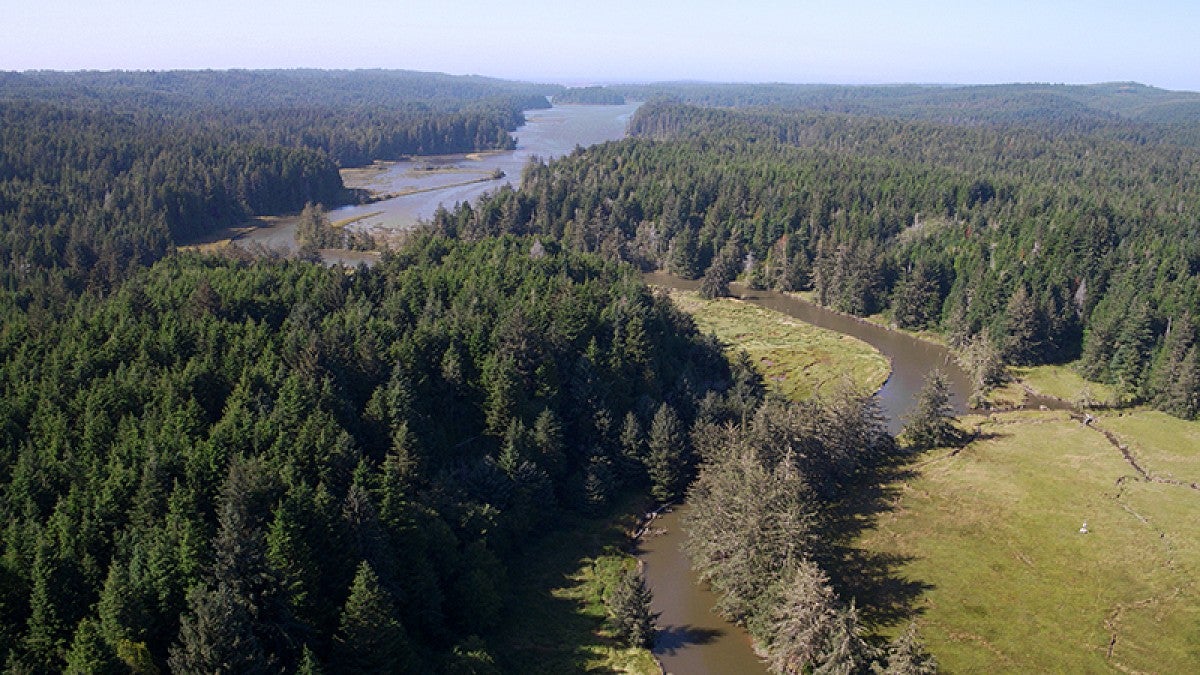A team led by the University of Oregon has been awarded $1 million from the National Science Foundation to drive innovations in mass timber architecture, engineering and construction in the Pacific Northwest. The other institutions are Oregon State University and the Washington State University.
The grant is part of the NSF’s Regional Innovation Engines program, authorized by the CHIPS and Science Act of 2022.
“This grant enables us to comprehensively analyze what needs to be done to make a much more robust mass timber ecosystem from forests to buildings,” said Judith Sheine, a professor in the UO’s Department of Architecture, part of the College of Design, and the project director and principal investigator.
Mass timber uses state-of-the-art technology to create layered wood products that have greater strength and versatility than earlier products. They can be used as panels, posts, beams and other structural components, allowing wood to be used in new ways and expanding the market for timber products.
The materials include engineered construction materials made from small pieces of wood that can be sourced from selectively harvested logs. It is a sustainable alternative to concrete and steel, and its use in buildings can reduce the carbon footprint of the U.S. building industry.
At the same time, mass timber buildings can help to improve forest health and reduce catastrophic wildfires by using wood fiber from forest restoration projects.
“This regional effort to boost economic growth through a mass timber innovation engine demonstrates the power of collaboration across institutions,” said Anshuman “AR” Razdan, UO’s vice president for research and innovation. “The societal impact of translational research that brings discovery from the lab or studio to the homes of the people of the Pacific Northwest cannot be understated.”
Sheine, who also is the director of design for the TallWood Design Institute, said the grant enables strategic planning for research across all stages of the forest-to-factory chain. Through the institute, a collaboration between UO’s College of Design and OSU’s Colleges of Forestry and Engineering, researchers are working to push the boundaries of what is possible in wood science, engineering and architecture.
Their work is applied and interdisciplinary, and it addresses themes such as structural, seismic and fire performance; durability, sustainability; forestry; and the timber supply chain, design research and human health, along with the economics of the timber industries.
“We will be identifying what is working, what isn’t, and why, and where there are gaps and bottlenecks,” Sheine said. “We are aiming to produce a blueprint to create economic and social prosperity for both urban and rural communities.”


